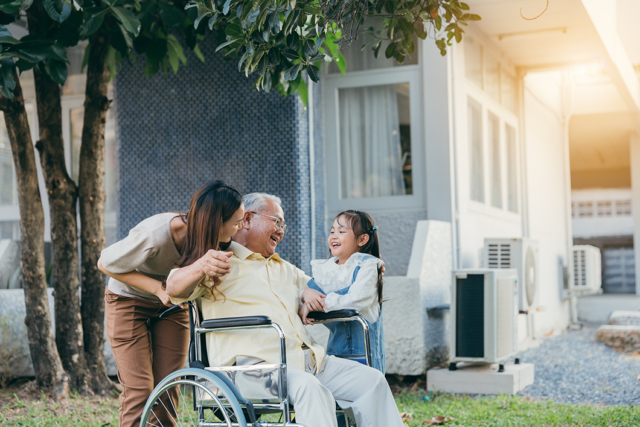
Is There a Senior Housing “Crisis”?
Headlines about how much senior housing the aging baby boom generation is going to require often include the word “crisis.”
But it might be time to rethink our dire assumption that there won’t be enough housing for seniors, since boomers are living longer and are healthier than past generations and are changing what it means to grow old in this country.
One example is the U.S. nursing home population, which has remained fairly stable even though the elderly population is growing, according to a 2010 report by the Stanford Center on Longevity. The center cited better health as a key contributing factor.
Taking trends like these into account, a California real estate services firm has raised the age assumptions it uses to project increases in demand for senior housing, defined as facilities that include some level of care. The firm, Rockwood Pacific, still expects demand to increase over the next decade but at a slower rate. After that, when the oldest boomers are starting to turn 80, demand will continue to rise but also more slowly.
“When I started in this business in the 1990s, everyone talked about the 65-plus population” and its need for senior housing, said co-founder Frank Rockwood. “Now when you go to a senior housing conference, we talk about 75-plus. I’m saying now the time’s come we need to discuss 80-plus, rather than 75-plus.”
Doing so leads to big drops in the number of potential candidates for nursing homes, memory care units, and assisted living and independent living facilities, according to Rockwood’s estimates. (Residents in independent living communities share a central dining room and tend to be healthier than people the same age who reside in assisted living facilities, he said.)
Assuming people largely won’t need senior housing until at least 80, the firm lowered its forecast of demand growth over the next decade to about 2-3 percent annually, down from 3-4 percent under the 75-plus assumption.
But all real estate is local. Cities with oversupplies of senior housing include Atlanta, Kansas City, San Antonio, and Minneapolis, according to a report by the National Investment Center for Seniors Housing and Care.
When today’s seniors are in need of some type of care, they are still likely to remain in their homes: in 2005, 11 million of the 13 million Medicare beneficiaries with limitations on what they can do were still living in traditional housing, according to the Stanford study. Further, 14 percent of people over age 85 lived in a nursing homes – down from about 26 percent in the 1970s – while less than 4 percent of younger seniors – people between ages 75 and 84 – were in nursing homes.
This landscape is rapidly changing.
To stay current on our Squared Away blog, we invite you to join our free email list. You’ll receive just one email each week – with links to the two new posts for that week – when you sign up here.
Comments are closed.







Also, more older folks will stay in their homes instead of moving to senior care facility due to improved home care options and lower costs.
According to SeniorAdviser.com, for a ballpark on cost, 2015 averages show: Home Care Aide Cost: $160 per day; Skilled Nursing Home Cost: $220 per day.
$1,200 plus savings per month maybe as much, or more, than some seniors get on Social Security.